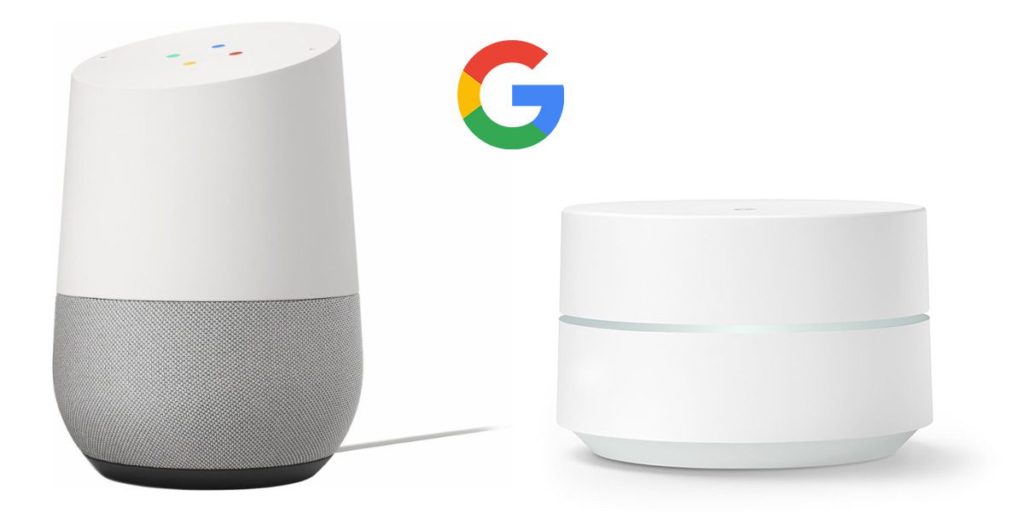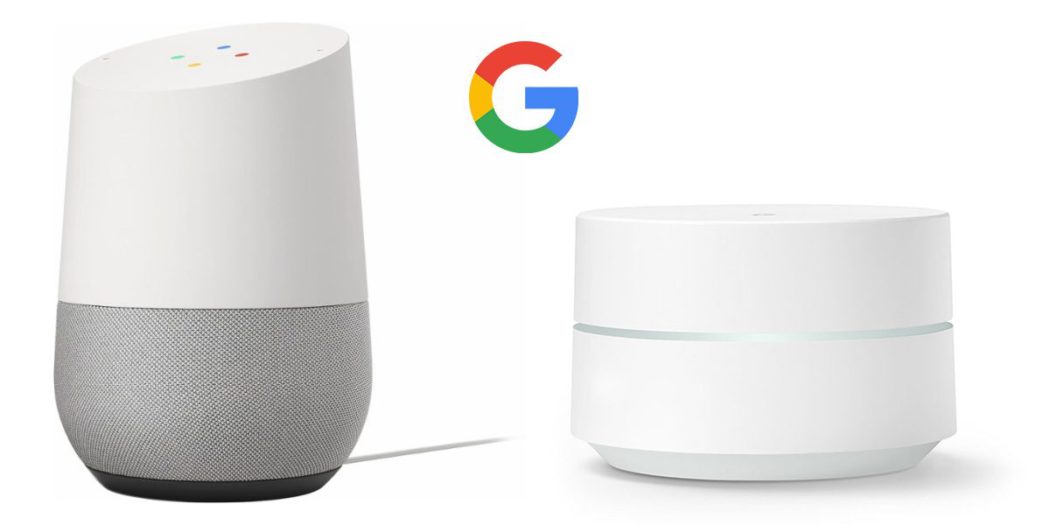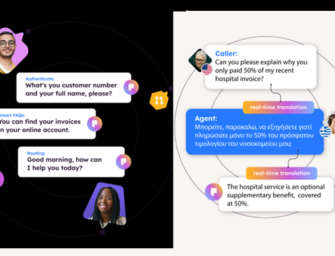Why It’s a Bad Idea for Google Home to Add Mesh Wi-Fi
This week Google launched Google Home and a new mesh Wi-Fi system in the UK as Voicebot reported last week. Mesh Wi-Fi systems enable you to put additional devices throughout your home or office to improve Wi-Fi signal coverage. Instead of each device requiring a direct internet connection, just one device acts as a internet connected hub and the other devices communicate to it. The Information‘s (N.B. paywall) Kevin McLaughlin reported yesterday that Google is looking to combine these two devices so your Google Home can do double-duty as a Wi-Fi access point.
Do People Need More Electronic Swiss Army Knives?

Image Credit: 9to5Goole.com
Both Google Home and the Google Wi-Fi cost $129. Since most people already have Wi-Fi, adding this to Google Home is likely redundant. There is also the question of whether it will work with other routers. The likely answer is no. In that case, consumers would have to be all-Google to have any benefit. There more likely benefit would be that consumers that buy the Google Wi-Fi get a Google Home as a bonus. That could make sense if the prices are comparable. However, most consumers are buying commodity wireless access points. There are numerous Wi-Fi models that sell for less than $100. If you don’t need mesh networking, then the steeper price point likely isn’t worth it even with the Google Home functionality. Besides, by the time many people are upgrading to mesh Wi-Fi, they will likely already have a table-top voice assistant in their home.
If I want to Upgrade My Wi-Fi, Do I have to Buy New Voice Assistants Too?
The other problem is that Wi-Fi technology advances and standards change. That means, consumers typically gain performance advantages by swapping out their Wi-Fi access points every few years. The beauty of the Amazon Echo and Google Home is that they are simply a microphone array and speaker system with no local intelligence. That means, there should be little need to upgrade. The devices should serve the needs of voice assistant users for many years. By integrating the devices, you might inadvertently – or, intentionally – be causing consumers to upgrade voice assistants more frequently.
I suspect this combined wireless plus Google Home strategy sounds clever but will not generate traction in the real world. Consumers are typically choosing purpose-built devices that are very good at one task and reasonably priced. Layering on lots of features drives up the price and requires people to think more about the purchase decision. People want simplicity. This move may simply add unnecessary complexity.









